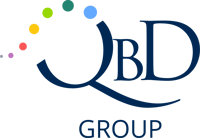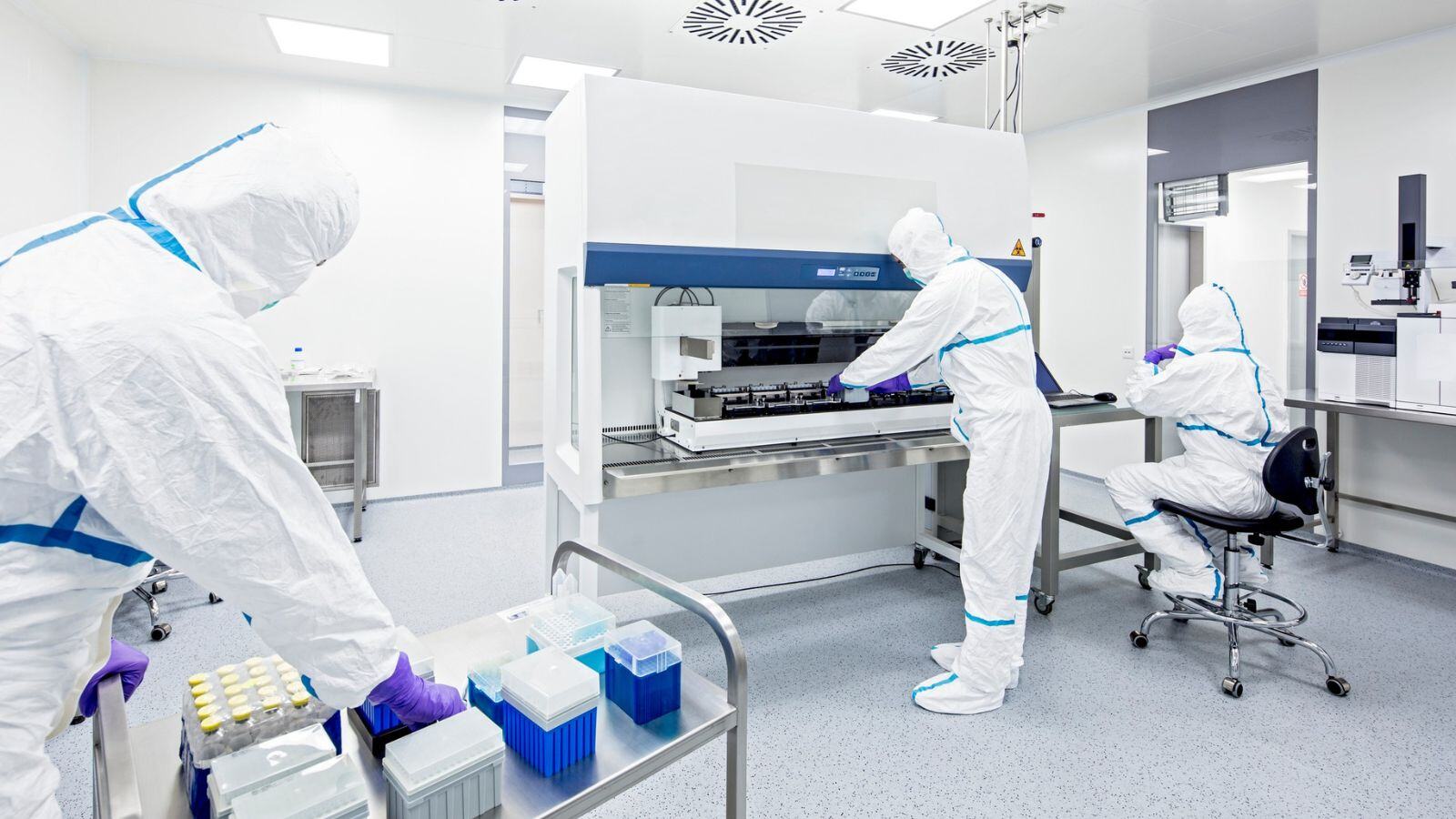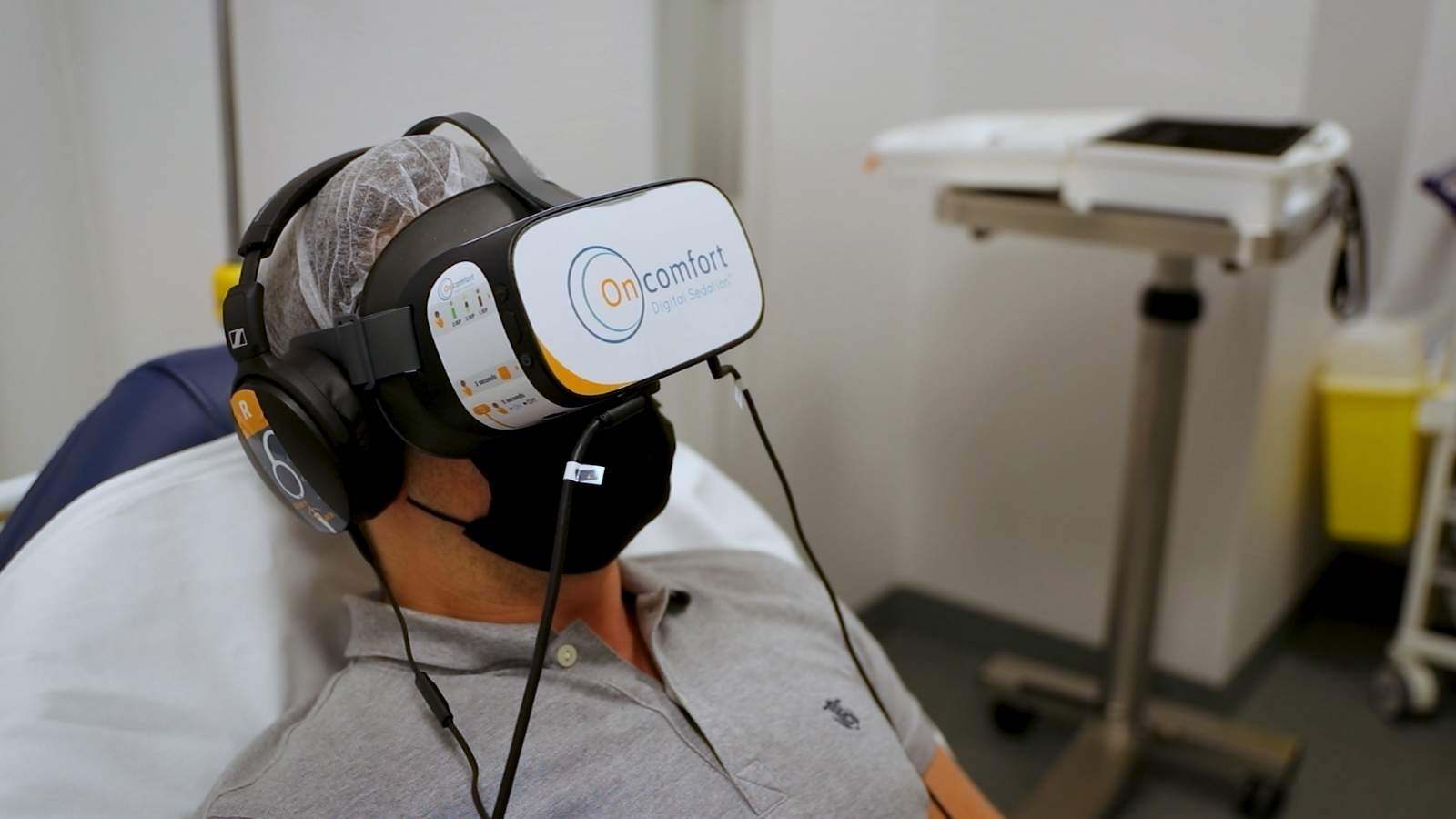For medical device startups, market access and investor trust hinge on a robust Quality Management System (QMS). The regulatory landscape is shifting: the FDA’s new Quality Management System Regulation (QMSR) replaces the old QSR and aligns closely with ISO 13485:2016. This isn’t just a compliance hurdle; it’s a chance to streamline processes and position your company for global success.
The QMSR: What Startups Need to Know
On January 31, 2024, the FDA finalized its rule integrating ISO 13485:2016 into 21 CFR Part 820, creating the Quality Management System Regulation (QMSR). ISO 13485 is already the gold standard in many markets (e.g., EU MDR) and programs like MDSAP.
The QMSR points directly to ISO 13485 by reference, aiming to cut redundancy while keeping US-specific expectations clear, such as requirements for complaint handling, device reporting, and FDA inspections.
Why does this matter for your startup?
Global Alignment
ISO 13485:2016 is already the gold standard for QMS in many international markets (like the EU under MDR) and voluntary programs like the Medical Device Single Audit Program (MDSAP). The QMSR brings US regulations much closer to this global benchmark, potentially simplifying your path to international markets.
Streamlined Compliance (Eventually)
The FDA aims to reduce redundancy. While you'll still need to navigate US-specific requirements, a strong ISO 13485 foundation will get you a significant head start on QMSR compliance.
A Modernized Approach
The QMSR emphasizes a more risk-based approach, which aligns with modern quality management principles and can lead to more efficient resource allocation for your lean startup.
Key Changes: QSR to QMSR
The new QMSR doesn't just copy and paste ISO 13485. Instead, it incorporates it "by reference," meaning the core of the new 21 CFR Part 820 will point directly to clauses within ISO 13485:2016. This results in a leaner, simplified structure compared to the old QSR.
However, don't assume ISO 13485 certification alone is enough…
US-Specific Additions to watch: The FDA has included additional definitions and provisions to address areas not fully covered or explicitly defined in ISO 13485:2016, or where FDA's statutory requirements differ. These include specific requirements for:
§ 820.35 Control of Records
Specific mandates for complaints and servicing records, echoing FDA’s post-market focus.
§ 820.45 Device Labeling & Packaging Controls
Ensure accurate, compliant information for the US market.
§ 820.180(c) Management Audit Exceptions
Limits on exemptions: FDA retains authority to review management review procedures, internal audits, and supplier audit reports during inspections.
Terminology Shifts
With the QMSR, some familiar QSR terms are being retired or redefined. For example, “Device Master Record (DMR)” now aligns with ISO’s “Medical Device File,” and other terms may shift slightly to match ISO 13485 language plus FDA’s added definitions.
Startup takeaway: Review your SOPs, templates, and training materials early so teams don’t get tripped up by new terminology.
How the Shift Shows Up in Practice
Here’s a side-by-side look at what’s changing and what it means for your startup:
|
Area |
Old QSR (21 CFR 820) |
QMSR (2026) |
Startup Takeaway |
|
Structure |
Full text in CFR |
ISO 13485:2016 referenced |
Build on ISO 13485; map deltas to QMSR extras. |
|
Terminology |
DMR, DHF, etc. |
ISO terms + FDA definitions |
Update SOPs/forms so teams aren’t confused. |
|
Added Provisions |
Already in QSR |
§820.35 Records; §820.45 Labeling/Packaging |
Don’t overlook records & labeling—assign owners. |
|
Certification |
Not ISO-centric |
ISO 13485 not required / not issued by FDA |
ISO helps, but FDA will still inspect. |
|
Audits |
FDA inspections |
FDA inspections continue; MDSAP may be accepted for routine surveillance |
Decide if MDSAP’s one-audit model saves time/money. |
Impact on Your Startup
The QMSR aims to reduce the administrative burden for established manufacturers. For a startup, this means:
Less Rework (Potentially)
If you're already building your QMS around ISO 13485:2016, you're in a strong position. The effort to adapt to QMSR will be significantly less than if you were solely focused on the old QSR.
Early Adoption Advantage
Startups that embrace ISO 13485:2016 from the outset will find the QMSR transition much smoother, allowing them to focus on innovation and market entry.
No "Golden Ticket"
An ISO 13485 certification will not replace an FDA inspection. While the MDSAP program can offer some relief from routine FDA surveillance, direct FDA inspections will still occur.
Critical Steps for Startup QMSR Readiness
The effective date for QMSR compliance is February 2, 2026. While this might seem distant, for a startup with limited resources, proactive preparation is key.
1. Embrace ISO 13485:2016 from Day One
If you haven't already, make ISO 13485:2016 the backbone of your QMS development. It's the most efficient way to build a globally compliant system.
2. Conduct a Gap Analysis (Early!)
Even with ISO 13485, there will be specific QMSR additions. Perform a thorough gap analysis to identify where your current QMS (or planned QMS) differs from the QMSR's full requirements. Focus on the distinct FDA definitions and provisions.
3. Prioritize Lean Documentation
As a startup, efficiency is paramount. Focus on clear, concise, and effective documentation rather than lengthy manuals. "Document what you do, and do what you document" remains the golden rule.
4. Integrate Risk Management Throughout
ISO 13485, and by extension the QMSR, emphasizes risk management across the entire product lifecycle. Implement robust risk assessment and mitigation processes from design to post-market surveillance.
5. Train Your Team
Ensure everyone involved in design, development, production, and quality understands their role in the QMS and the principles of ISO 13485 and QMSR.
6. Consider Digital QMS Solutions
For startups, an electronic QMS (eQMS) can be a game-changer. It centralizes documentation, automates workflows, and simplifies traceability, making compliance significantly easier to manage, especially as you scale.
7. Leverage Expert Guidance
- Perform comprehensive QMSR gap assessments.
- Develop and implement a lean, compliant QMS.
- Provide tailored training on ISO 13485:2016 and the QMSR.
- Guide you through pre-market submissions and prepare for FDA inspections.
Don't wait! Starting your QMSR preparations now ensures your medical device startup is not only compliant by February 2026 but is also set up for efficient, high-quality development and successful market entry in the US and beyond.
Your Startup‑Friendly Timeline to QMSR Readiness
Use this phased roadmap to pace your QMSR work without derailing product milestones—tackle the right activities in the right quarter so you’re inspection‑ready by February 2, 2026.
Q3 2025
- Adopt ISO 13485 structure
- Run a gap analysis vs. QMSR extras
- Choose your eQMS / tool stack
- Draft or refresh core SOPs (Design Control, Risk, Document/Record Control, Complaints)
Q4 2025
- Close high‑risk gaps (labeling, records)
- Conduct Internal Audit #1 against ISO 13485 + QMSR deltas
- Apply CAPA to any findings
Jan 2026
- Hold a management review focused on QMSR readiness
- Run a mock FDA inspection or desk‑audit prep
By Feb 2, 2026
- Demonstrate compliance with QMSR
- Maintain an evidence trail (training logs, record control, labeling approvals)
Post Go Live (2026+)
- Monitor FDA decisions on future ISO 13485 updates
- Keep internal audits cyclical, not reactive
Quick-Start Checklist
Before you dive deep, sanity‑check your readiness with this punchy list—if you can’t tick these boxes, they’re your first priorities.
- ISO 13485:2016 adopted and mapped to SOPs
- Gap analysis completed vs. §820.3, §820.35, §820.45
- eQMS selected/implemented (or a tightly controlled manual system)
- Risk management integrated across the lifecycle (ISO 14971)
- Team trained on new terms, processes, and their responsibilities
- Decision made on MDSAP participation
- Internal audit & management review completed pre‑deadline
QbD Group specializes in guiding early-stage medical device companies through the regulatory maze. We offer tailored quality management system solutions, gap analyses, and expert support to help you achieve QMSR and ISO 13485:2016 compliance, faster.



















.png)

.jpg)
